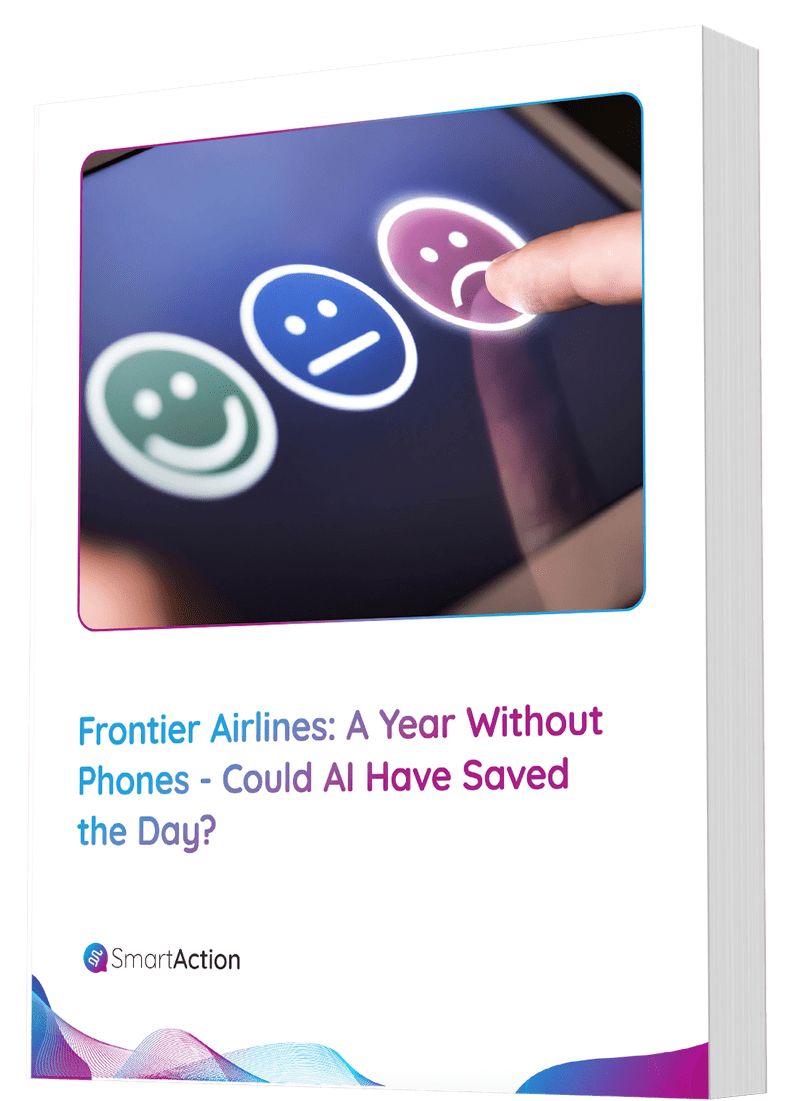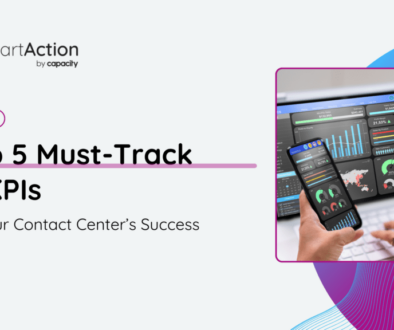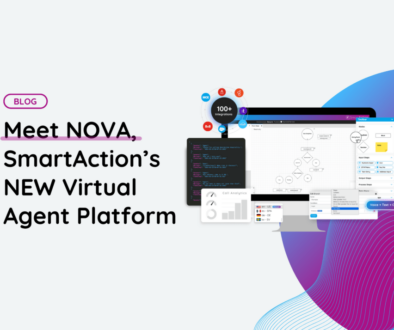Improving Agent Retention in the Call Center
Agent attrition. These two words are enough to make any call center manager cringe these days. While historically, the rate of agent attrition averages between 35% to 40%, that number has risen dramatically in part due to the ongoing pandemic and the Great Resignation. These days, new hire turnover is sometimes higher than 90% in the first 90 days, according to Mark Miller, global customer service advisor at J.D. Power.
With such bleak odds, what are call center leaders to do to retain workers in such a competitive, candidate-driven market?
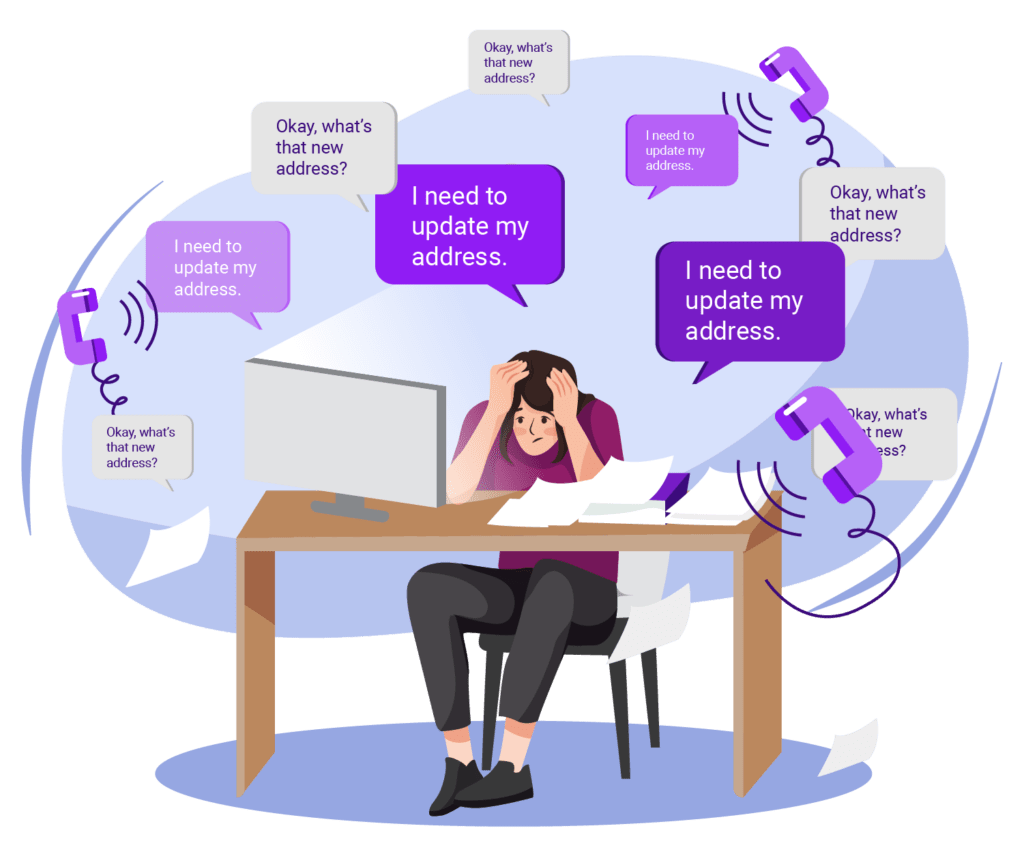
Offload Repetitive Tasks
Turning to technology may not be the first or obvious choice, but it should be. According to the Harvard Business Review (HBR), monotonous work can negatively impact mental health, cause us major stress, and lead to burnout. There’s no need for human agents to perform mundane, repetitive tasks that can be easily automated through a virtual agent.
Virtual agents can answer every call with a personalized greeting, as well as:
- Authenticate or verify customer identity
- Understand customer intent (reason for the call)
- Collect information to assist with the customer’s inquiry
- Route call to appropriate agent or department
Many call types can also be automated in their entirety, freeing up agents to focus on higher-value work. For leaders looking to improve workplace well-being, offloading these necessary but routine activities is the first step to providing agents with more leeway to engage in meaningful customer interactions.
“The combination of tasks that feel monotonous and lack meaning with deadline-driven roles and fast-paced work environments is a recipe for burnout.”
– Harvard Business Review
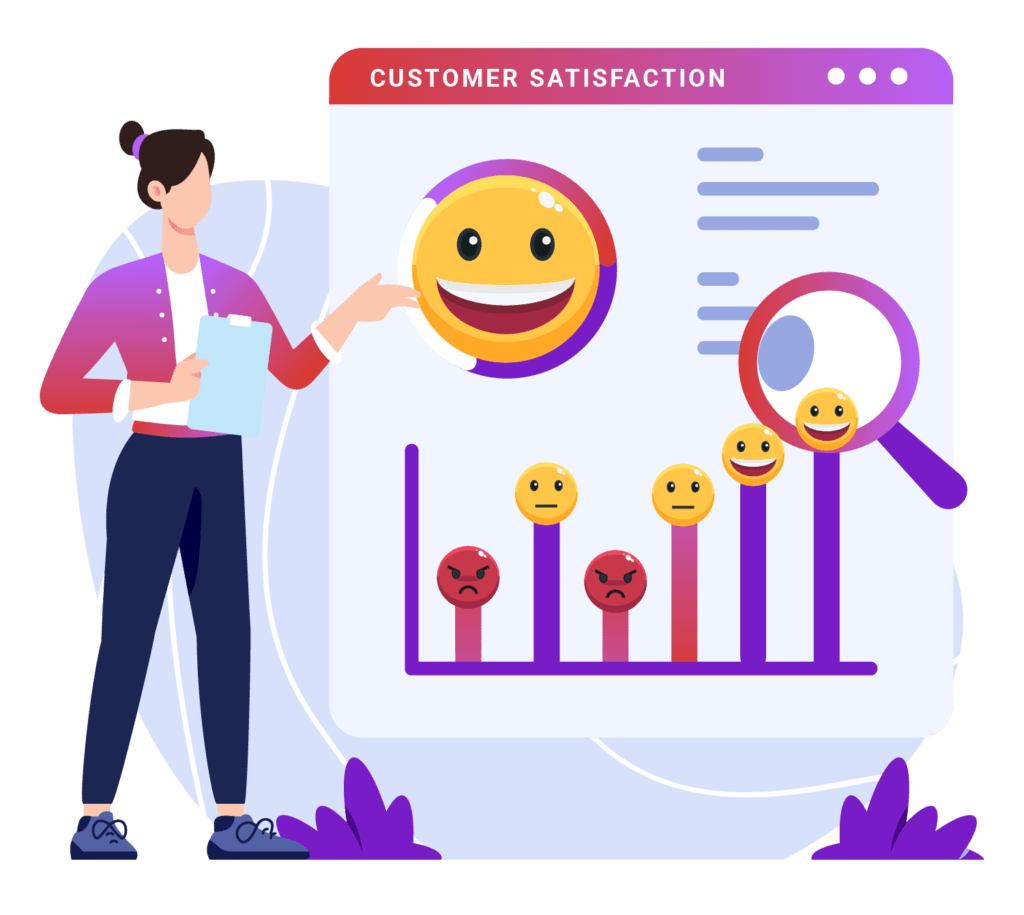
Invest in the Employee Experience
Zappos is known for their customer service—with its “mission to deliver wow through service,” calls take as long as they need to take. Perhaps just as well known is Zappos’ work culture. Agents are specially trained to make decisions on their own and are empowered to provide solutions in “any manner they deem appropriate.” The connection between the customer experience (CX) and employee experience (EX) is undeniable—and by investing in employees, customers benefit as well.
Consider the following measures to foster an empowering work environment:
- Set meaningful challenges and reward accomplishments (for professional and personal goals)
- Provide easy access to the tools and information your employees will need to succeed—and provide proper training to utilize resources
- Enable customers to resolve common issues through self-service and allow agents to focus on complex issues that require critical thinking
Rethink Call Center Metrics
Some CX experts believe average handle time is the worst metric for service, calling it “a relic of the old service world” and “a culture killer.” While this may sound extreme, there is truth in that AHT rewards speed over critical thinking and is an imperfect metric to gauge agent performance.
Based on the KPIs you have in place – would you say speed and efficiency are most valued? The quality of interaction? Or the outcome? Take the opportunity to assess your call center KPIs and determine if they align with your company’s core values. If they don’t—or if those KPIs detract from your CX and EX—consider measuring agent performance with KPIs that are outcome-oriented, such as customer satisfaction and first call resolution.

Support and Empower Your Agents
Other measures such as offering a higher salary or providing employee perks may help attract talent—but if workers feel unsupported or overburdened, it’s just a matter of time they get burned out and quit.
It goes without saying that providing proper training, promoting a supportive team culture, and automating wherever possible can go a long way toward retaining employees. More importantly though, empowering employees and providing opportunities for development starts by changing rigid processes and outdated KPIs—and must be done at the managerial level.


